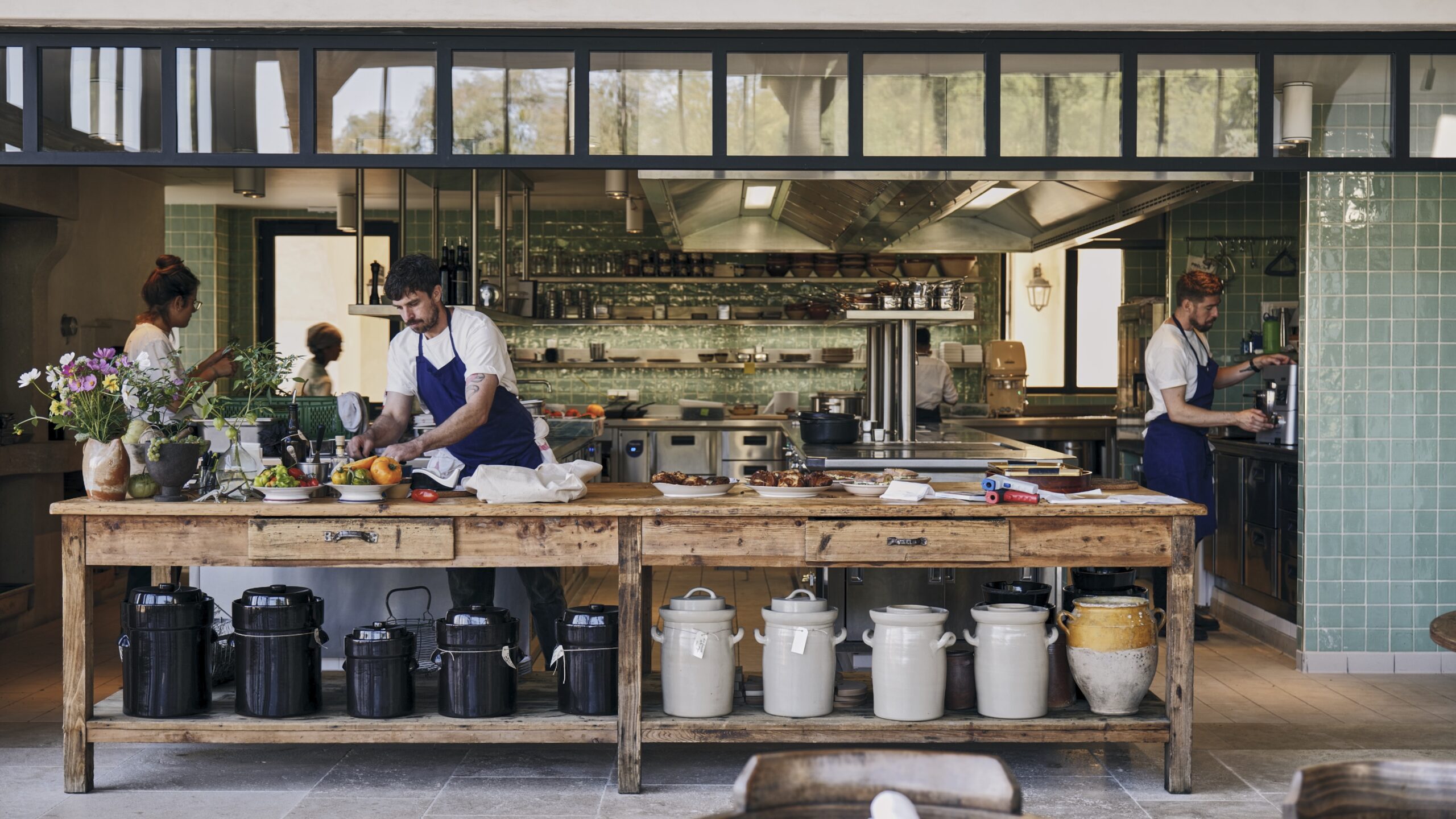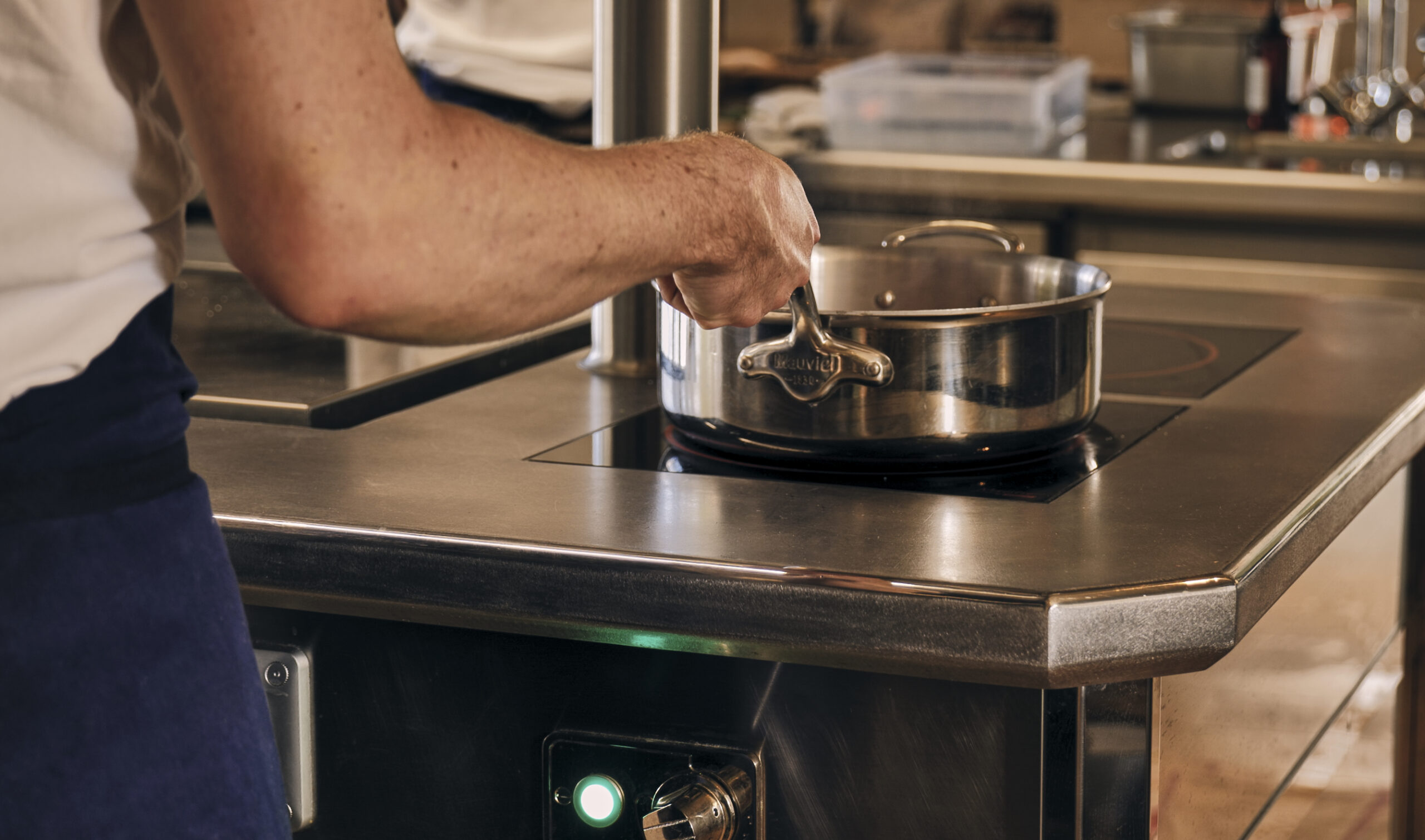
Executive Summary
We have all of the ingredients we need for safe, affordable cooking for everyone.
-
- Cooking with renewable electricity is better for our health and for the climate.
- Renewable energy is providing the cheapest power in history, which means electric cooking is increasingly cheaper than cooking with fossil fuels.
- Induction technology provides the most sophisticated cooktop experience on the market.
- The renewable energy revolution has transformed clean cooking solutions for low and middle income countries. Electricity is increasingly considered a cost-effective, longer-term solution to safe cooking deficits, and allows safe cooking to be harnessed to the delivery of SDG7.
- Because electric cooking is healthier and cost-effective, the commercial retail sector globally is increasingly shifting to all-electric kitchens.
It’s time for a safe cooking revolution, which will make burning harmful fuels in our kitchens a thing of the past.
The energy revolution has happened. The price of renewables continues to fall each year, with the International Energy Agency branding solar power the “cheapest electricity in history”. Sixty-two percent of new renewable energy projects provided cheaper power than the cheapest fossil fuel in 2022. But cooking—that daily essential and cultural bedrock that makes our kitchens the heart of the home—has been left in the cold, lagging behind in the transition to safe, clean energy.
Approximately half of the global population currently relies on gas as their primary cooking fuel.
The World Health Organization (WHO)
Gas, a polluting fossil fuel, remains the dominant cooking fuel globally. The World Health Organization (WHO) estimates that 50% of the global population currently relies on gas, including LPG, as their primary cooking fuel, representing nearly 70% of all urban dwellers and 30% of rural populations.
In addition, gas use is growing despite decades of scientific, peer-reviewed research that demonstrates that cooking with gas is bad for our health and the climate.
Gas & Health
Gas, a polluting fossil fuel, remains the dominant cooking fuel globally. The World Health Organization (WHO) estimates that 50% of the global population currently relies on gas, including LPG, as their primary cooking fuel, representing almost 70% of all urban dwellers and 30% of rural populations. In low- and middle-income countries, the situation is starker, with 3.2 million premature deaths each year from illnesses attributable to the household air pollution caused by cooking with solid fuel and kerosene.
Gas use is growing globally, despite decades of scientific, peer-reviewed research that demonstrates that cooking with gas is bad for our health and the climate.
The gas we burn in our homes releases toxic pollutants including nitrogen dioxide, carbon monoxide and formaldehyde. While many parents today would not expose their children to second-hand cigarette smoke, the effect of gas cooktops on the burden of childhood asthma is comparable to the impact of passive smoking in the household. A 2013 meta-analysis found that children across the globe living in a home with a gas stove had a 42% increased risk of having current asthma.
Children living in a home with a gas stove had a 42% increased risk of having current asthma.
Lin et al,. 2013
Gas & Climate
The negative health impacts of gas are compounded by its impact on the global climate. Methane is the primary component of gas, and as stated by Harvard University, “while C02 has longer-lasting effects, methane has more than 80 times the warming power of C02 in its first 20 years in the atmosphere, setting the pace for near term warming.”
“Cooking is the activity most dominated by fossil fuels in buildings today.”
The International Energy Agency’s (IEA) World Energy Outlook
According to the International Energy Agency’s World Energy Outlook, “Cooking is the activity most dominated by fossil fuels in buildings today.” The IEA estimates that cooking resulted in 498 Mt of C02 emissions in 2020. The agency does not attribute these emissions to individual fuels, but given these figures do not include emissions from biomass combustion, and the dominant use of gas and LPG in cooking globally, these fuels are likely responsible for a significant proportion of these emissions.* And these figures are just the tip of the iceberg, as they fail to account for indoor “fugitive emissions”. A Stanford University study showed that 75% of methane leaking from gas stoves happens when the stoves are off.
*Note that due to the approach to carbon accounting adopted by the IEA, emissions from biomass combustion are not included in this total.
Electric Cooking Solutions
The good news? Dramatic advances in renewable energy and electric cooking technologies means we have a safe, affordable alternative to burning toxic fuels in our kitchens.
Induction technology has advanced to offer the most sophisticated cooktop experience today. Induction technology is safer, cooler and easier to clean, which is why it is championed by leading chefs globally, from Denmark’s Rene Redzepi to the United Kingdom’s Sat Bains.
While gas prices skyrocket around the world, solar power is the cheapest energy source in history. This has the power to transform safe cooking solutions for low and middle income countries.
“Induction technology is safer, cooler and easier to clean…”
Gas & Equity
In the past electricity wasn’t considered a practical solution for communities experiencing energy poverty. But expert research shows that solutions like electric pressure cookers and low wattage induction cooktops are cheaper than LPG in many regions. This is not to diminish the efforts of communities working to deliver the most immediately available cleaner cooking solutions in local contexts, from ethanol and rocket stoves to community-scale biomass digesters. But to recognise that renewable power is transforming energy markets, and this offers the opportunity to integrate safe cooking solutions into national energy plans and affordable, longer term solutions connected to delivery of Sustainable Development Goal 7 (SDG7).
Affordable energy efficient electric appliances also have the potential to alleviate energy poverty in higher income countries like the UK and US, where gas prices have more than tripled and analysis shows all-electric single-family homes in all regions of the US have lower energy bills than comparable mixed fuel-homes (i.e., electricity and gas).
These savings are transforming decisions by property developers in the commercial retail sector. Industry modeling shows all-electric kitchens save significant amounts in construction and operations and secure against stranded fossil-fuel assets.
Recommendations
Global Cooksafe Coalition members will work together to deliver these crucial outcomes:
-
- By at least 2030, all new kitchens in OECD countries will use energy-efficient electric cooking appliances, powered by a rapidly decarbonising grid or distributed renewable energy.
- By 2035, all new kitchens worldwide will use energy-efficient electric cooking appliances, powered by a rapidly decarbonising grid or distributed renewable energy.
- By at least 2040, all existing kitchens in OECD countries will use energy-efficient electric cooking appliances, powered by a rapidly decarbonising grid or distributed renewable energy.
- By 2045, all existing kitchens worldwide will use energy efficient electric cooking appliances, powered by a rapidly decarbonising grid or distributed renewable energy.
- An immediate, urgent increase in public finance allocated to electrification of cooking in lower and middle income countries.
- Fiscal policy supporting households and small businesses to transition to energy-efficient electric appliances.
- Fiscal policy assisting vulnerable health cohorts to access effective rangehoods.
- Improved ventilation standards in national buildings codes.
